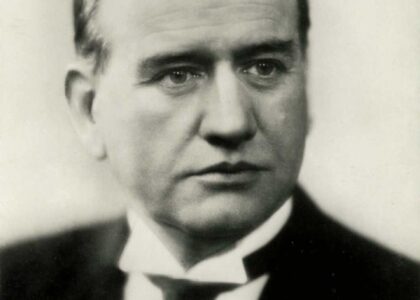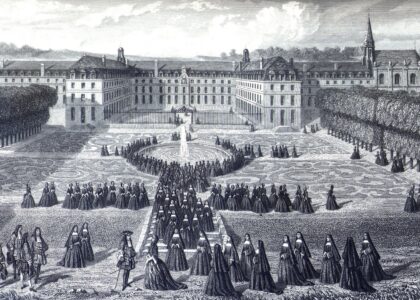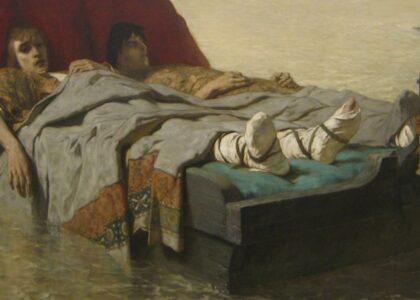Welcome to Rush Valley, a hidden gem in Utah’s storied past. Our journey begins in the mid-19th century, a time when the American West was a place of discovery and opportunity. Rush Valley played a pivotal role in the expansion of the United States, both as a military outpost and a hub for stagecoach travel.
In 1853, Colonel Edward Steptoe established the first military reservation in Utah right here in Rush Valley. The goal was to secure a route to California and to investigate the Gunnison Massacre, marking the beginnings of military presence in the area. By 1858, Camp Floyd was established nearby in Fairfield, later renamed Fort Crittenden, under the command of Colonel Albert Johnston. This camp became a bustling center of activity, hosting as many as 3,000 soldiers and making Fairfield the third largest city in the Utah Territory.
Rush Valley was also a significant stop on the overland stagecoach route, crucial for mail and passenger travel. The Meadow Creek Mail Station at Rush Valley, founded by George Chorpenning in 1858, facilitated communication and commerce across the expanding frontiers. Notably, during the Pony Express era, this station served as a vital relay point.
Many notable figures graced this land. Among them were Horace Greeley, Mark Twain, and Sir Richard Burton, who passed through the nearby John Carson’s Inn in Fairfield, an adobe building still standing today as part of a Utah State Park.
As the Civil War drew to a close, the military significance of Rush Valley waned. By 1861, Fort Crittenden was abandoned and its structures dismantled, marking the end of an era. Yet, the echoes of history linger, with visible remnants like the military road to Vernon.
Today, Rush Valley stands as a testament to the adventurous spirit of those who traversed its roads and trails. Each brick and stone tells stories of soldiers, travelers, and settlers who shaped the American West. As you explore, imagine the bustling sounds of stagecoaches and the clatter of cavalry, bringing to life a chapter of history that laid the groundwork for modern Utah.




